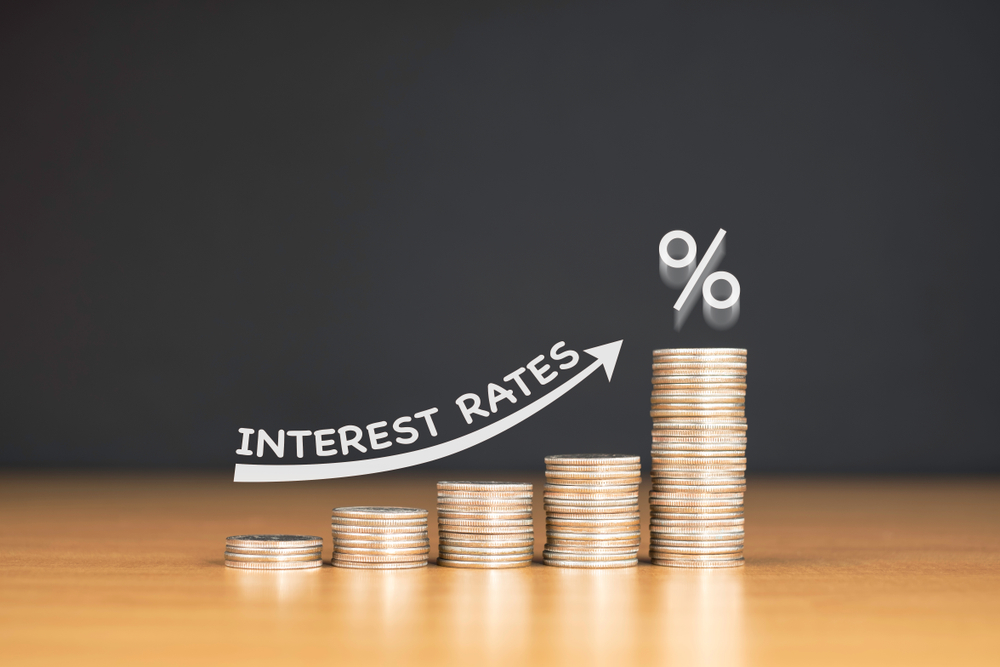If you’ve been keeping up with financial news, you probably heard about the recent spike in mortgage rates. According to Bankrate’s national survey this week, rates have surged to their highest since 2001. That’s right – the last time rates were this high, Amazon was taking off, Enron was the talk of the town, and Tom Brady was far from being the football icon he is today.
The Numbers Behind the Surge
The average rate for 30-year mortgages rose to 7.31% this week, marking an increase from 7.12% just last week. If we walk down memory lane, the last time the average rate for 30-year home loans crossed the 7.3% threshold was in May 2001. This period was tumultuous, marked by corporate scandals and the devastating Sept. 11 terror attacks. These events prompted the Federal Reserve to make significant cuts to interest rates, eventually setting the stage for the Fed’s approach during the Great Recession.
Contrastingly, the rates did rise above 7% in late 2022. But predictions of an economic downturn saw them drop once more. However, the current surge reflects the Fed’s aggressive stance against inflation. With a recent downgrade of U.S. government debt and fading recession prospects, rates are once more on the rise. Bankrate’s senior economic analyst Mark Hamrick said, “The rapid rise past the 7% mark was unexpected. Given the current economic climate and the uncertainty surrounding the Federal Reserve’s policies, we might not have seen the peak just yet.”
The Fed’s Role in Shaping the Mortgage Landscape
While the Fed’s direct influence on fixed mortgage rates is limited, it undoubtedly sets the mood. From an initial zero rate in early 2022, the central bank has increased its policy rate to 5.25%. Consequently, mortgage rates have seen a dramatic upswing. Lawrence Yun, the chief economist at the National Association of Realtors, comments, “The rate at which interest rates have risen is unparalleled in the past 40 years.”
Homeowners, who have enjoyed low mortgage rates for the better part of two decades, are now coming to terms with this new scenario. As Hamrick puts it, “The days of low rates are behind us, ushering in a sobering phase for the housing market.”
Furthermore, with mortgage rates intrinsically linked to inflation, all eyes are on the Fed’s measures to rein it. One key indicator is the 10-year Treasury yield, which recently soared 4%. This uptick came hot on Fitch Ratings’ decision last week to downgrade the U.S. government’s credit rating.
These changes are significant for those considering taking out a mortgage or refinancing their homes. The landscape is evolving, and staying informed is crucial. Monitor such updates and consult with financial professionals to make well-informed decisions.





